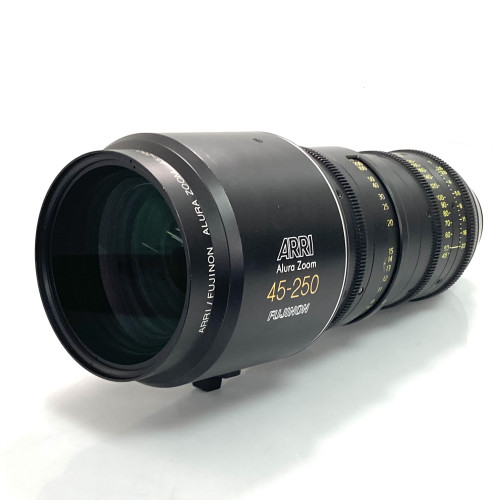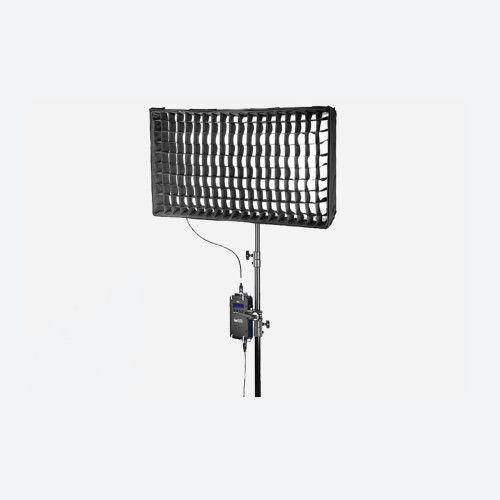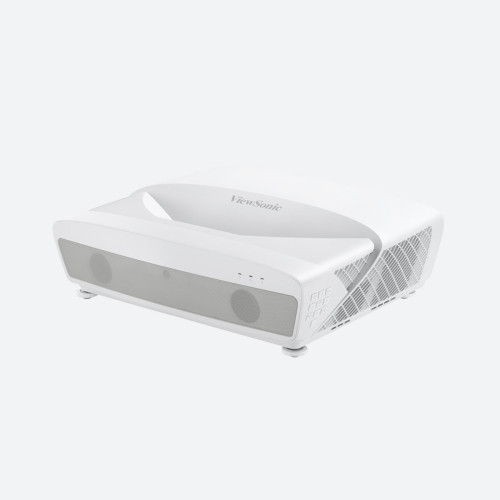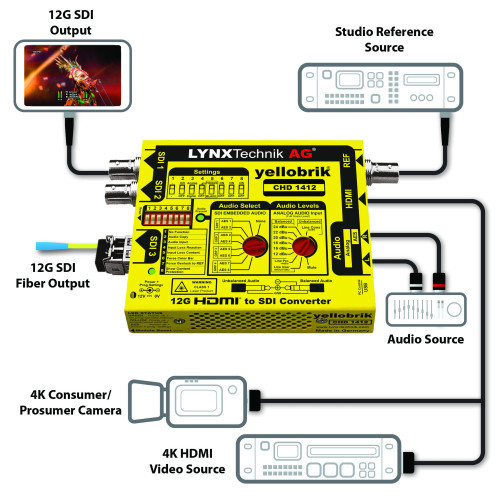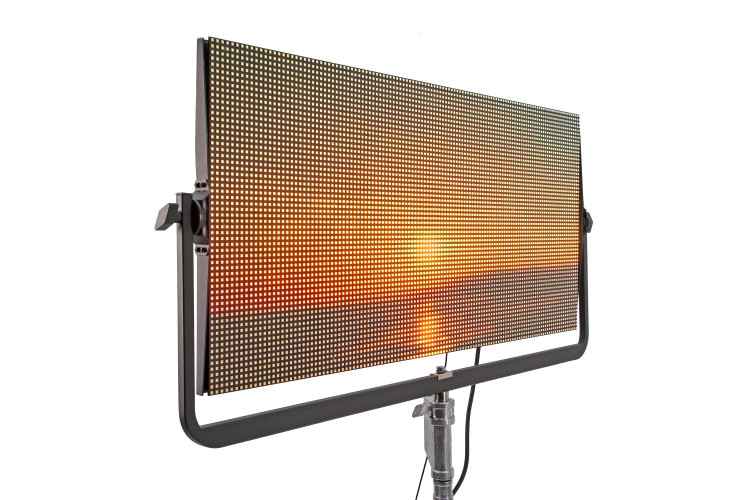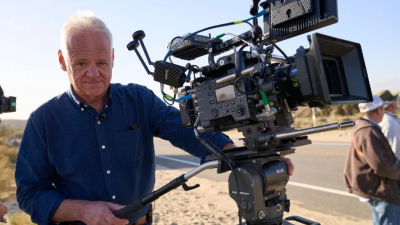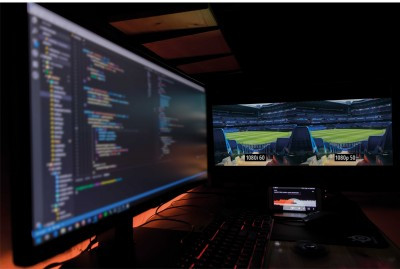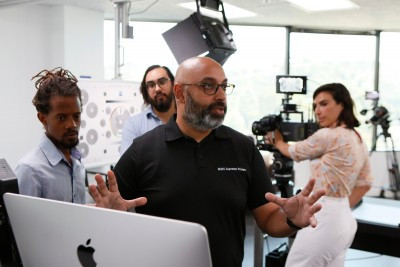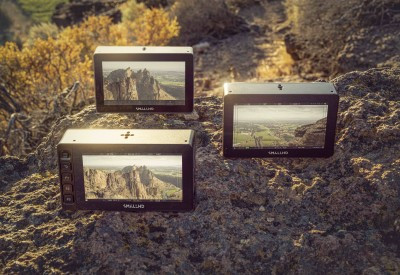Much has changed since the 25 Hz and 30 Hz frame rates for television were defined over 60 years ago. In Part 1, last month we noted how the USA (followed by others) adopted the 1000/1001 frequency offset to produce the 29.97 Hz rate and the resulting drop-frame timecode. Of course at that time, 1953, they could not imagine the consequences of their choice. It was three years on that the first viable VTR appeared out the Ampex’s lab, and about 17 years from SMPTE timecode. It was only after that, in the early 70s, that the frames had to be accurately counted for ‘timecode editing’ – and the complications mounted. Few on this side of the Atlantic have to meddle with ‘drop-frame’ and you have to assume that Americans and other users are able to handle it efficiently.
Since then there have been two major television standards upheavals – and hence opportunities to agree the Universal Frame Rate. The first change was digital standard definition TV which, in the early 80s, did manage to make all TV lines 720 pixels, but it left frame rates where they were. The next was HD. This arrived in two phases. In 1995 the USA’s ATSC defined new digital HD (and SD) standards encompassed in its Table 3. Rather than consolidating television standards, as many hoped for, it included two HD pictures sizes, 720 and 1080-lines, with no less than seven vertical scan rates – none of which matched those used in the ‘PAL’ world! Those came from Europe in the second tranche, adding 25 and 50 Hz.
Surely no reader has been spared the discussions about the relative merits of interlaced and progressive scans! Interlace was very useful for compressing the video and displaying it on CRTs. Now, with digits and panel screens, most of those arguments go out of the window and progressive 1080 HD looks amazing, provided we can live with the data rates for 50 or 60 Hz picture rate – hence 3G-SDI and all that. But why mention I and P here? Well, to go from one to the other at the same frame rate involved frame rate conversion. Turning progressive into interlaced is easy and should be completely accurate as it simply re-maps all the lines onto one frame. However doing the reverse, I to P, is very different as the two interlaced fields are captured 0.02 seconds apart (over here) so, if the lines are simply re-mapped to make two interlaced fields any movement during that time will appear as a 25 Hz judder. The cheap and nasty option is to map one interlaced field twice – losing the judder and halving the vertical resolution. The best approach goes back to movement estimation (see Part 1) and creating the progressive fames accordingly. A middle approach maps both fields onto the progressive frame except where is detects a movement where it uses the ‘cheap’ line-doubling approach.
PsF (progressive segmented frame) recording formats make use of the ease of P to I conversion to allow interlace recording techniques to be used for progressive video. Here the camera takes progressive pictures and these are recorded as a field of odd lines, followed by one of even lines. On replay this can be simply be re-assembled into a progressive frame.
Clearly the media industry’s appetite for more frame rates could not be indulged without confidence in frame rate conversion – the quality of which varies widely according to the technology used. Television frame rates have evolved over many years driven by technology and hanging on to legacy – leading to some quite remarkable practises. I have kept my favourite example until last. If you travel to the USA and see a movie on TV it looks horrible – and it’s not because of the jet lag. It is caused by the crude ‘conversion’ from film material using 3:2 pulldown to map 24 frames onto each 60-ish fields of US TV. That the resulting movement judders around and is not surprising but, interestingly, the locals seem immune to this distortion! That is surprising.
3:2 pulldown is cheap to do, copying one film frame to three fields of 60... well 59.54 Hz, video, and the next to two fields, and this has been done forever in the USA. Coming from the other side of the pond it is hard to understand why, in these days of powerful digital video processing technology, they insist on hanging on to the practise. Today there are good frame rate converters that regularly work between 25 and 30-ish frames/s – producing excellent results, so why not work from 24-ish to 30-ish? This should also produce excellent results with natural movement. But maybe that’s the problem. If the movement was natural Americans might not think it was from a movie – a sort of eyeball legacy.
Mind you, Americans have a problem when over here as our 50 Hz (exact - no further maths required) TV looks flickery to them. Here we ‘convert’ movies by running them at 25 f/s for TV. This looks fine but makes the UK video version of Titanic nearly eight minutes shorter than the screen version... or the juddery US TV version. Surely, if you have a competent frame rate converter you can make a good job of turning 24 f/s motion picture film into 25 f/s TV?




